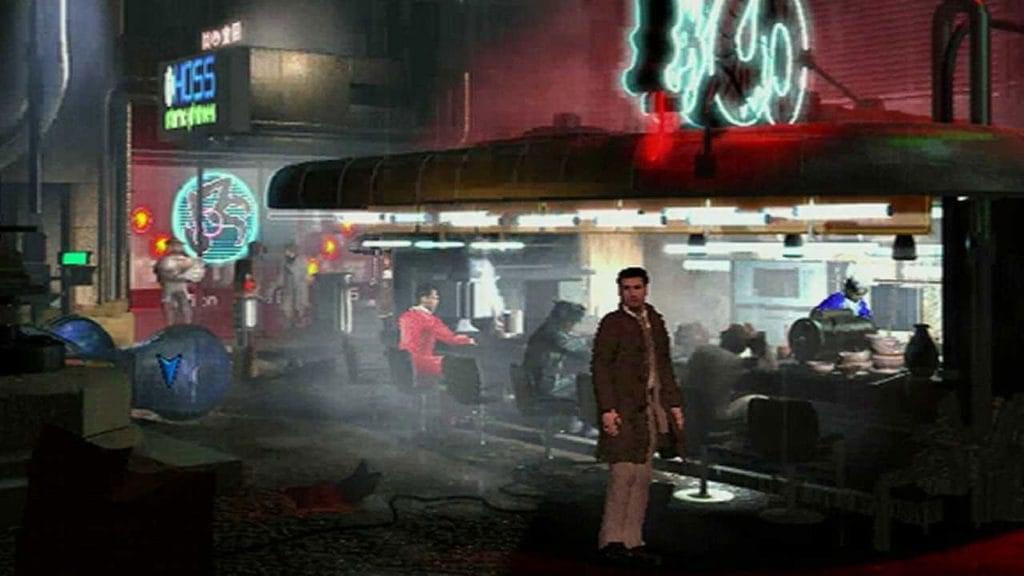
I’m prompted by writer-director Mike Leigh’s sublime portrait of the 19th century painter J.M.W. Turner to offer an observation or two concerning critics as much as film artists. The first is that we’ve heard a lot lately about how this or that historical drama strayed from the facts to fit its story into the conventional format of a Hollywood awards contender.
How many reviews have we read in which the writer appears more concerned about what got left out of a given picture-or reimagined, compressed or otherwise tweaked-than what wound up on the screen? Selma’s the greatest victim of this narrative nit-picking at the moment, though hardly the only one.
So here’s Leigh’s challenge: Spend two and a half hours watching a biographical drama in which nothing has been goosed or jazzed up. Watch the film he made about an English Romantic painter without romanticizing him in the least. Give your attention to this uncomely curmudgeon whose own biographer complained, “Turner is a very uninteresting man to write about” and then see how you like it when a filmmaker sticks to the facts.
I, for one, loved it. The experience won’t be everyone’s cup of tea, but I found it illuminating, moving and masterful. Frequent collaborator Timothy Spall creates an unforgettable character, a grunting, snorting frog of a man who might be mistaken on a London street for a middle-aged clerk but just happens to be the most visionary painter of his age. And forget every cliché in the tortured artist book. He’s neither starving (quite the contrary) or misunderstood. He’s a rock star of the art world, rubs elbows with aristocracy and is acknowledged by his peers as a wizard able to transform pigment into light.
The masterstroke of Leigh’s movie is letting us into into its subject’s head by suggesting, through Dick Pope’s inspired cinematography, not merely the world Turner saw but the way he saw it. Scene after scene opens in long shot with the sun and clouds working their magic on sky and sea before panning to a solitary figure jotting it all down in his notebook.
Pope foreshadows in the atmospherics of, for example, a stroll on the shore at Margate. Astonishing leaps in form and color that Turner then makes, a scene or two later, into a work anticipating Abstract Expressionism a century before anyone would use those words. Which isn’t to say he wasn’t a complicated person capable of cruelty or that his life was exemplary. It’s a long story. And Leigh tells it with a beautiful rawness. No secrets. No lies. No tweaks.

Mike Leigh’s films require something that seems to be in increasingly short supply these days: AN ATTENTION SPAN. I love his work. “Secrets and Lies” was a GREAT movie. I’d love to see this, but it’ll never screen in my little berg. I’ll catch it on Netflix. Thanks for the review.
So sorry TC and Rick—I now get your joke about Isaacs! Sheesh, the snow has finally gotten to me! Anyway, a great film and an insightful review!
Rick, you were right the first time. The cinematographer is Dick Pope! Remember when Cheryl Boone Isaacs mispronounced his name and called him Dick Poop, when his name is Pope? That was a major error at the time!
TC, I stand corrected. And his work has never been Poopier. One of the greats.
Bit of a typo there… I think you mean “Dick Poop.”
Thanks for the great review! Turner is one of my favorite artists and Timothy Spall is a perfect choice to bring Turner to life.